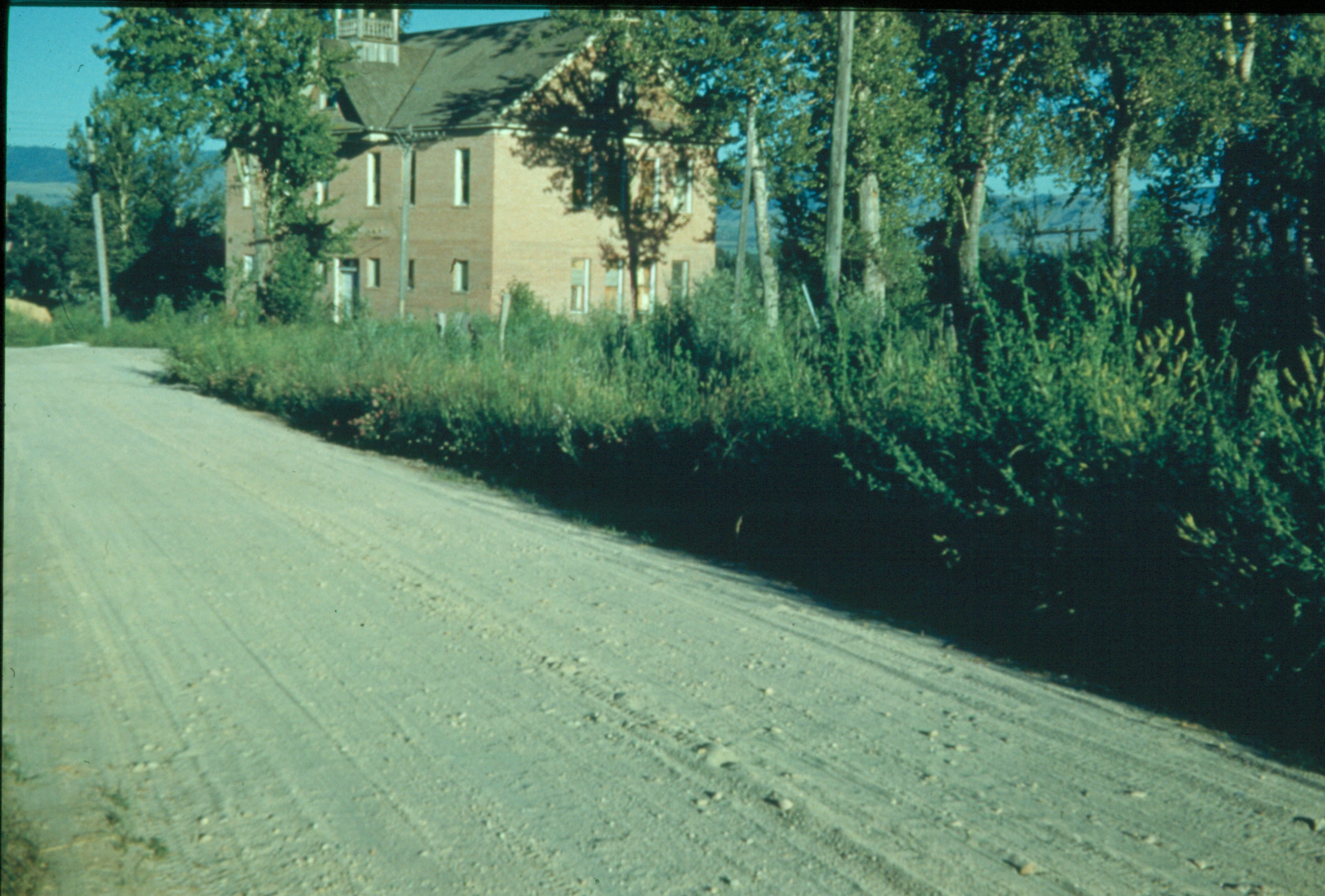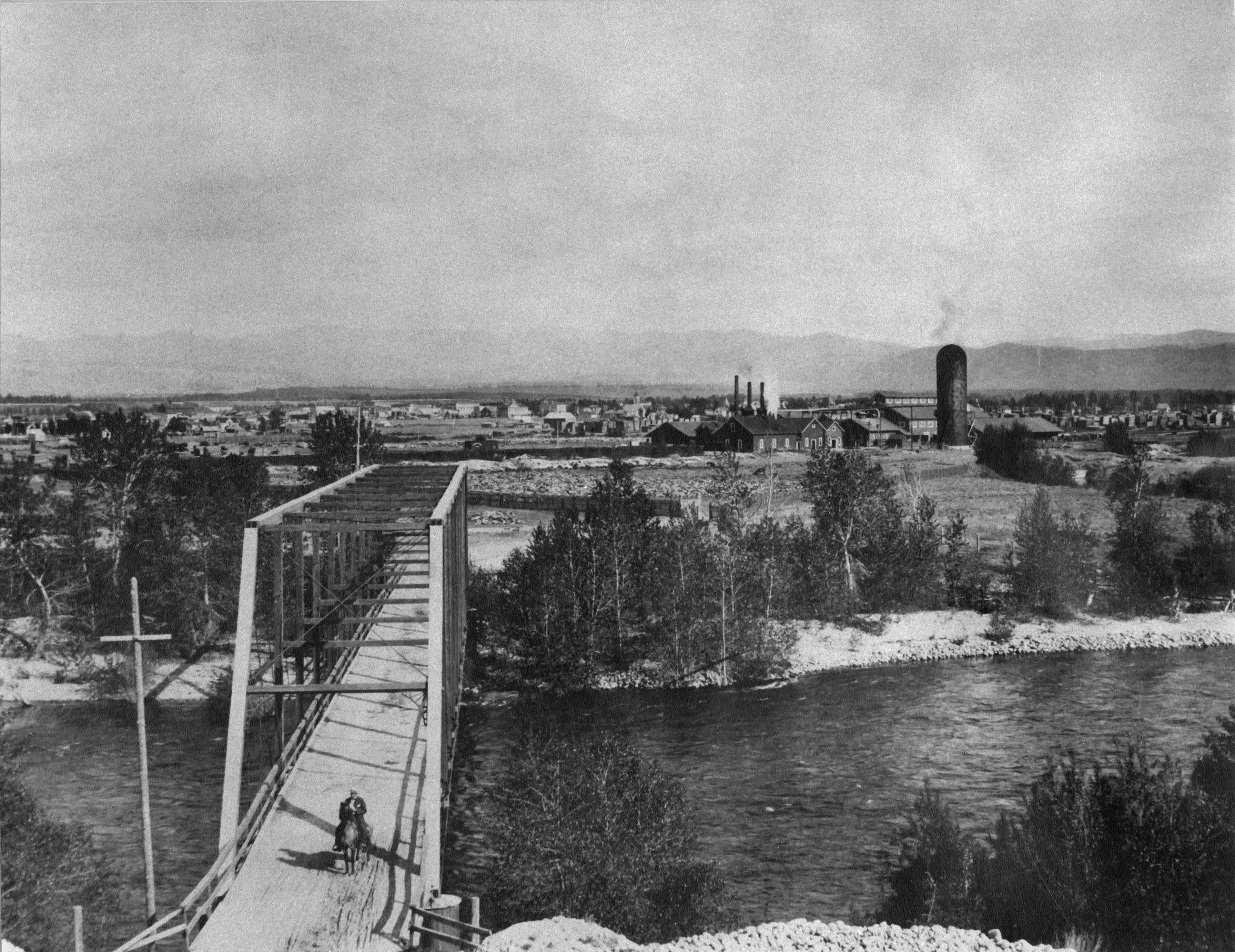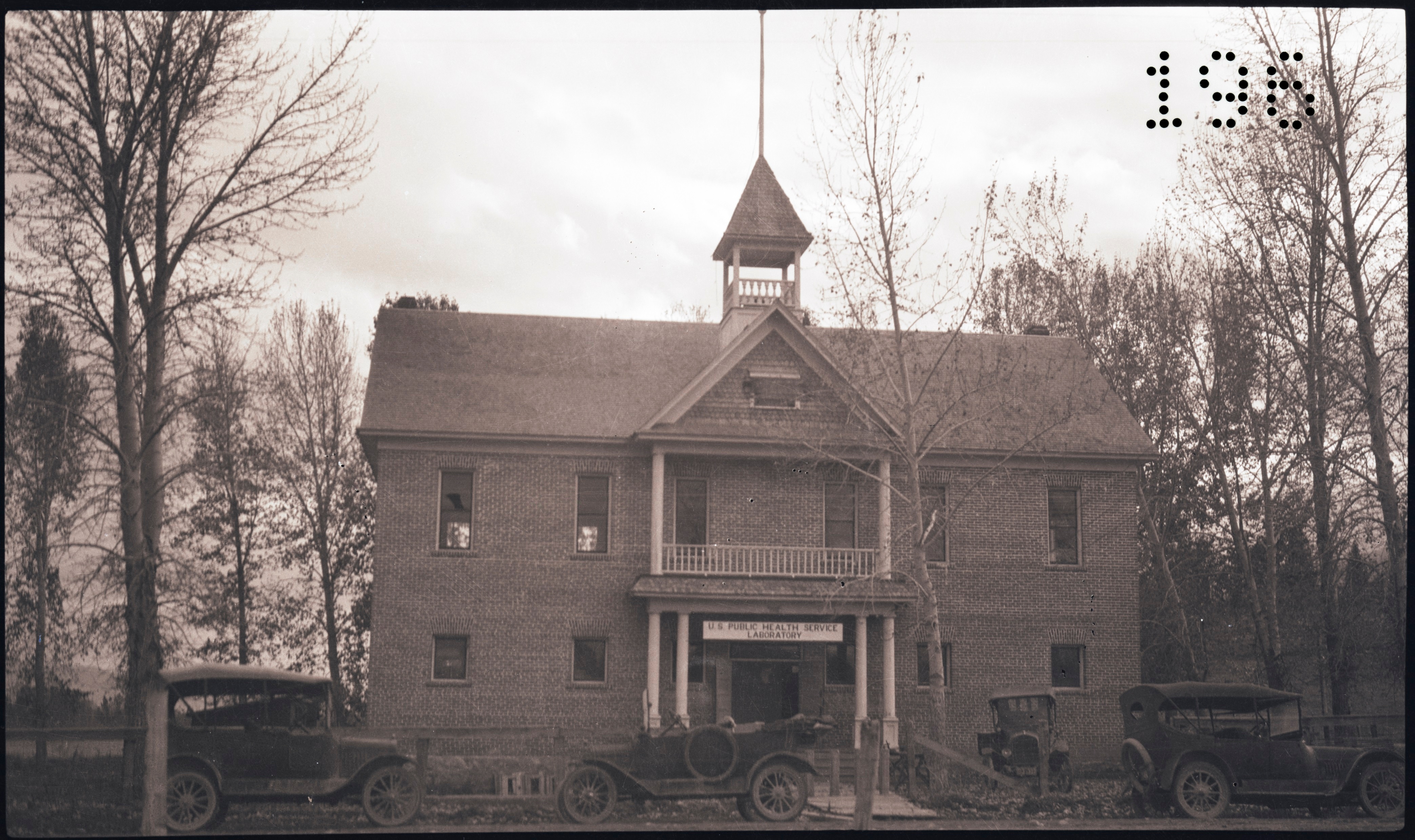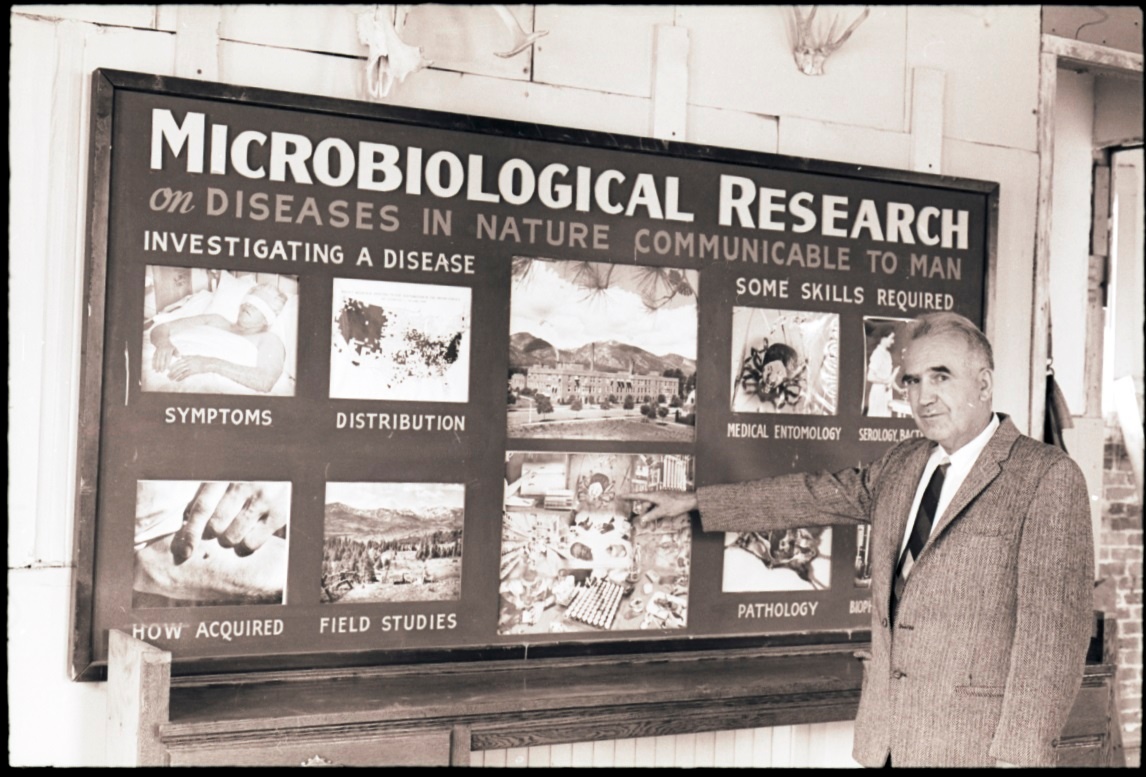...
| Div | ||||||||||
|---|---|---|---|---|---|---|---|---|---|---|
| ||||||||||
The Canyon Creek Schoolhouse opened to students in 1894. At that time, the schoolhouse was about a mile from the town of Hamilton.
|
...
| Div | ||||||||||
|---|---|---|---|---|---|---|---|---|---|---|
| ||||||||||
|
| Div | |||||||||||
|---|---|---|---|---|---|---|---|---|---|---|---|
| |||||||||||
| Div | |||||||||||
| grid-col-6 | The laboratory was located in the schoolhouse for only seven years, when a new building constructed especially for research and vaccine production was opened. After the laboratory moved, the Canyon Creek Schoolhouse wasn’t used until Dr. William Jellison bought the building in 1966 and created a museum in it. Jellison began working at the Rocky Mountain Laboratories before he had even graduated college and eventually became a Public Health Service officer. After his death, the museum’s collections were transferred to the Montana Historical Society in Hamilton. The building sat empty again.
| Div | ||
|---|---|---|
| ||
| Div | ||
|---|---|---|
| ||
| Div | ||||||||||
|---|---|---|---|---|---|---|---|---|---|---|
| ||||||||||
|
| Div | ||||||||||
|---|---|---|---|---|---|---|---|---|---|---|
| ||||||||||
|










